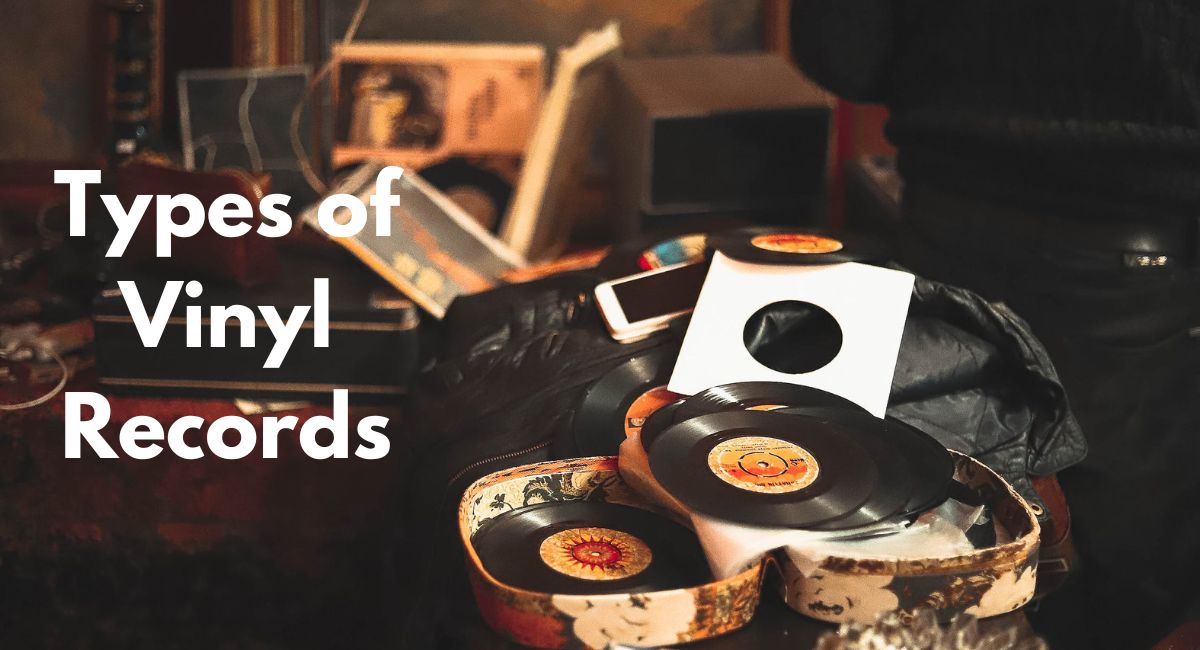Let me tell you something wild – vinyl records aren’t just pieces of plastic. They’re musical time capsules! I remember walking into my first record store, completely overwhelmed by rows and rows of circular magic. Did you know that over 41 million vinyl records were sold in 2022? That’s not just a number – it’s a revolution! Music lovers are rediscovering the incredible world of analog sound, and trust me, it’s way more complex than just dropping a needle on a record.
Contents
The Fundamental Vinyl Record Sizes
Alright, let’s get real about vinyl sizes. When I first started collecting, I thought all records were the same. Boy, was I wrong! The 12-inch LP is like the king of the vinyl world. These bad boys typically hold an entire album and became the standard back in the day. I’ve got a collection that’s probably saved my sanity through countless lonely nights.
The 12-inch LP typically spins at 33 1/3 RPM and can hold about 22 minutes of music per side. But here’s a pro tip I learned the hard way: not all 12-inch records are created equal. Some are thicker, some are thinner, and some are just plain magical. I once bought a super thin pressing that sounded like it was recorded underwater – lesson learned!
Then there are the 10-inch records. These guys are like the middle child of the vinyl family. They’re less common but have their own charm. Typically used for jazz recordings and early rock ‘n’ roll, these records hold a special place in music history. I remember finding a vintage Duke Ellington 10-inch that nearly brought tears to my eyes – such crisp sound, such history!
The 7-inch single is the pocket rocket of vinyl. Most people know these as 45s – the little records with the big hole in the middle. They’re perfect for pop singles and were the ultimate way to discover new music before streaming became a thing. I’ve got a box of these that’s like a time machine, each record telling a story of its era.
Vinyl Record Speeds: Understanding RPM
Let me break down record speeds like I’m explaining it to my nephew. RPM stands for revolutions per minute – how fast the record spins on the turntable. It sounds simple, right? Totally isn’t!
The standard 33 1/3 RPM is the most common. Most full-length albums use this speed. But here’s a nerdy collector tip: some audiophiles swear the sound quality is better at this speed. I’ve spent way too many nights arguing about this with fellow collectors! My buddy Mike once went on a three-hour rant about how 33 1/3 RPM captures more audio nuance. Was he right? Who knows, but it was entertaining.
45 RPM records are typically singles. They spin faster and usually only hold one song per side. These were the Billboard chart makers back in the day. I’ve got a collection that’s like a musical time capsule – you can literally hear the evolution of pop music through these little discs.
The old 78 RPM records? They’re basically vinyl dinosaurs. Used primarily before the 1950s, these records are fragile and require special equipment to play. I found my grandfather’s 78 collection and it was like discovering musical treasure. Brittle, beautiful, historical treasure.
Special Edition and Collector Vinyl Types
Hold onto your turntables, because this is where vinyl gets seriously cool! Colored vinyl is like the fancy sports car of record collecting. I remember my first colored vinyl – a translucent blue pressing of a punk rock album. It was love at first sight! These aren’t just records; they’re art pieces.
Picture discs are another level of awesome. Imagine a record where the actual vinyl is printed with an image – band photos, album art, sometimes wild designs. I’ve seen picture discs that look more like collectible art than music media. One time, I found a picture disc of a classic rock album that was so beautiful, I almost didn’t want to play it.
Limited edition pressings are the holy grail for collectors. We’re talking numbered releases, special artwork, sometimes even unique sound qualities. I once scored a limited edition pressing that was numbered 7 out of 100. Talk about feeling special! These aren’t just records; they’re musical artifacts.
Vinyl Record Pressing Types
Not all vinyl is created equal, my friends. Standard black vinyl is the classic – reliable, straightforward, no-nonsense. But audiophile pressings? They’re like the luxury cars of the vinyl world. Heavier weight, often 180-gram vinyl that promises superior sound quality.
Remastered editions are fascinating. Some are incredible sonic upgrades, while others feel like marketing tricks. I’ve bought remastered albums that breathed new life into old recordings, and others that made me wonder why they even bothered. Pro tip: always read reviews before investing!
Rare and Unique Vinyl Record Formats
Some vinyl records are so unique, they’ll blow your mind! Shaped vinyl that isn’t even circular. Box sets that tell entire musical stories. Promotional copies that never hit mainstream markets. I once found a test pressing that was literally one of five in existence – talk about a collector’s dream!
Conclusion
Vinyl records are more than just music – they’re historical documents, artistic expressions, and personal treasures. Each record tells a story, captures a moment, preserves a sound. Whether you’re a serious collector or just curious, there’s a whole world waiting to be discovered!
Want to dive deeper into the vinyl universe? Drop a comment about your favorite record or most unique vinyl find. Let’s build a community of music lovers who appreciate these incredible musical time capsules!

I am Kenneth Haney, an unyielding audiophile and an ardent collector of vinyl records. My love affair with vinyl started at a young age of 15. As a teenager, I found myself enchanted by the distinct warmth and depth that vinyl brought to music. Unlike digital music, vinyl records carry a tangibility, a piece of history, an art that exists far beyond the confines of an MP3 file.
